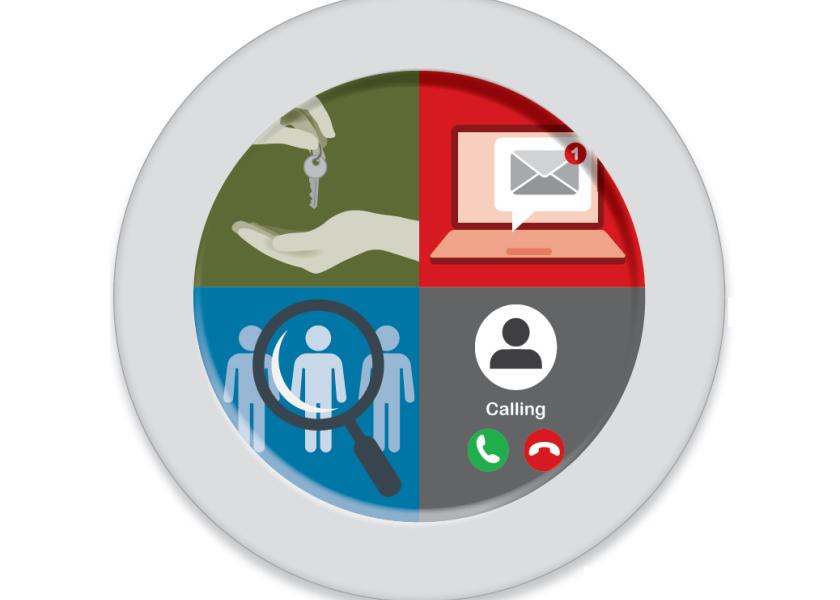When Your Plate Is Too Full: Delegate More to Stress Less

Think about the tasks and duties that fill your day. Do you continually put some off? Do some not match your talents? Are there ones you just don’t like?
If so, it’s time to delegate. This business best practice is helpful to any leader and can you feel less overwhelmed, overloaded and scattered, says Marlene Eick, a leadership coach from Wooster, Ohio.
Taking more off your plate starts with shifting your mindset and asking the hard questions, Eick says. It also requires a willingness to share the workload.
“Most of us struggle with letting go of work we’ve done habitually for years,” adds Mark Faust, president of Echelon Management. “But delegating just part of the lowest priorities immediately frees time you can spend on the top priorities and makes a mighty impact.”
Eick and Faust recommend farm leaders ask these questions to delegate better spend their time.
1. What can someone else do?
Take an inventory of everything on your plate. Consider what tasks could be shared or outsourced to someone else. Eick says it is important to consider your personal tasks, too.
“We can often lighten the load of all the things we have to do by thinking what about what we can delegate in our personal life to make space for those professional tasks or projects we have going on,” she says.
2. Who can do it?
Think about to whom you should delegate, encourages Faust. His advice: Don’t overload one person.
Based on the tasks at hand, who are you looking for? Someone who has entry-level skills? A high schooler? A new college graduate? Or do you need a talented contractor to come in and help with a project?
“Being very clear about what you need is critical,” Eick says. “Make sure you train or instruct them accordingly.”
3. How can you get work to them?
Determine a process to share tasks easily. This could be via a daily e-mail, morning phone call or consistent meetings.
“Find the right way to regularly communicate because no one can read your mind,” Eick says. “They want to help you, but they can’t know what you need unless you are communicating that to them.”
As you assign duties, explain why these tasks are important, Faust says. “Provide context about how a project or task fits into the big picture.”
4. How will you hold the person accountable?
You want to be available to your team but not micromanage.
“Some of my CEO clients find a daily five-minute update to be beneficial for keeping themselves and direct reports on track,” Faust says. “At the least, it is good to check once every few days.”







